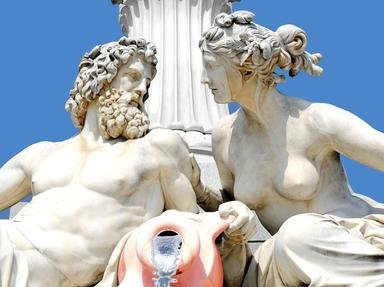
The Moon is a Harsh Mistress Trivia Quiz
Cold, silver and beautiful, the Moon, like the Sun, is ruled by a god or goddess in many different myths and cultures. Can you match these ten moon gods and goddesses with the cultures they come from?
A matching quiz
by Kankurette.
Estimated time: 4 mins.